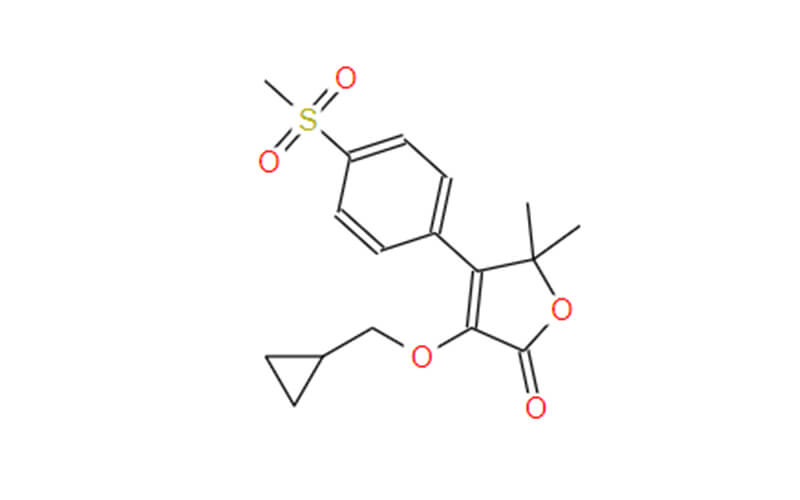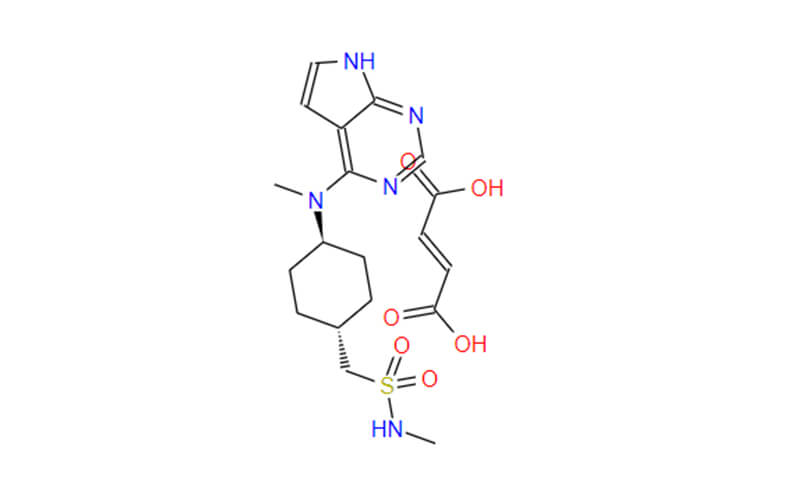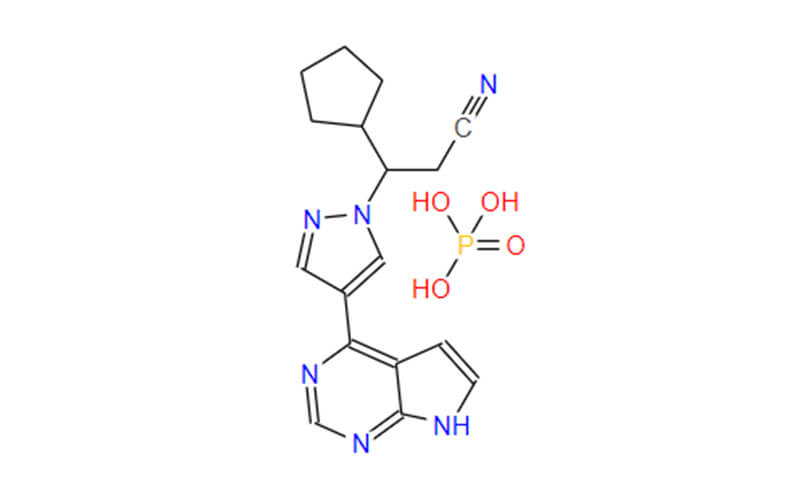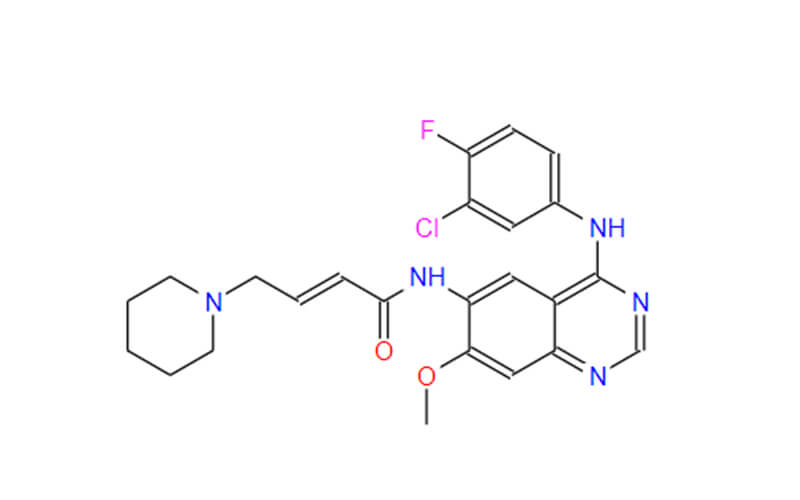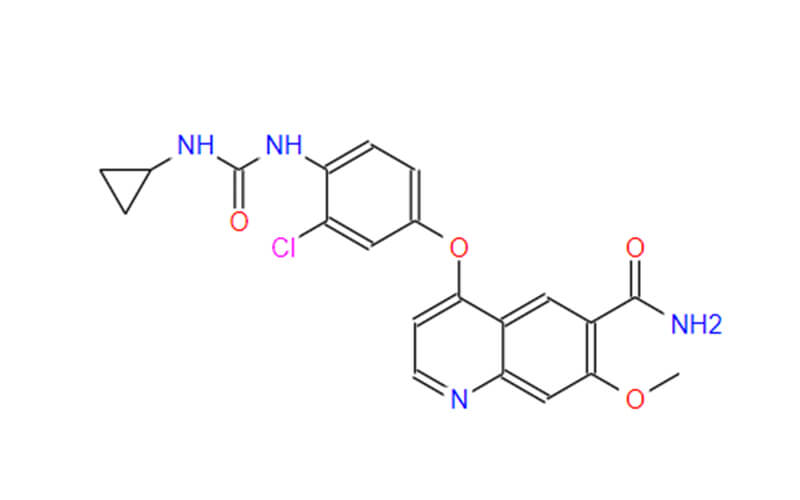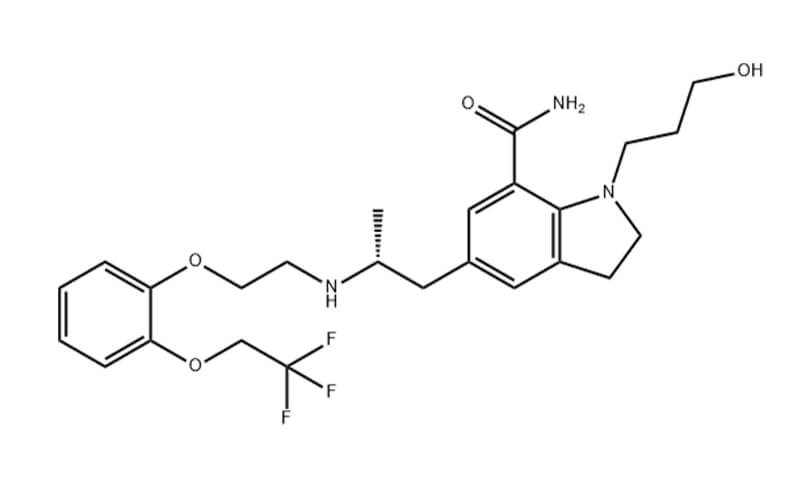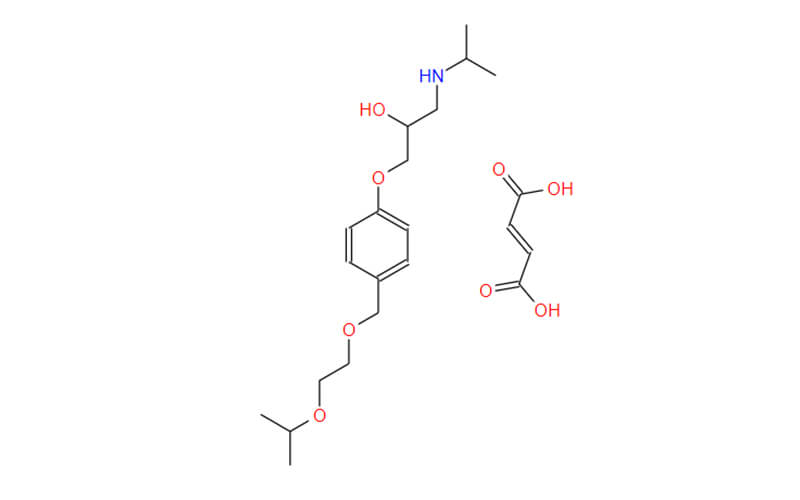The Distinction Between Pharmaceutical Intermediates and Active Pharmaceutical Ingredients
The pharmaceutical industry, with its intricate web of interconnected processes, relies heavily on two crucial components: pharmaceutical intermediates and active pharmaceutical ingredients (APIs). While both play critical roles in the development and manufacture of life-saving drugs, their functions and characteristics differ significantly.
What Are Pharmaceutical Intermediates?
Pharmaceutical intermediates are chemical compounds used in the synthesis of active pharmaceutical ingredients (APIs), the biologically active components of drugs. They are not themselves drugs, but they play a crucial role in the production of medicines.
Think of them as the building blocks of APIs. PIs undergo further chemical reactions and transformations to become the final API molecule. They are essential to the pharmaceutical manufacturing process, as they provide a more efficient and cost-effective way to produce APIs than starting from scratch with basic chemicals.

Here are some key characteristics of pharmaceutical intermediates:
- Chemical purity: PIs must be of high chemical purity to meet regulatory standards and ensure the safety and efficacy of the final API.
- Specific properties: Different PIs have different chemical and physical properties that are crucial for their role in the API synthesis process.
- Reactivity: PIs are designed to be reactive enough to undergo further chemical reactions without being so reactive that they become unstable or difficult to handle.
- Cost-effectiveness: PIs should be relatively inexpensive to produce, as they are used in large quantities in the API manufacturing process.
Here are some of the common uses of pharmaceutical intermediates:
- Synthesis of APIs: As mentioned above, PIs are the building blocks of most APIs. They are used in a variety of chemical reactions to create the final API molecule.
- Production of advanced intermediates: Advanced intermediates are PIs that have undergone some of the final chemical reactions needed to become an API. They are often used by pharmaceutical manufacturers to save time and money in the API production process.
- Research and development: PIs are used in research and development laboratories to develop new APIs and optimize the API manufacturing process.
What Are Active Pharmaceutical Ingredients?
An active pharmaceutical ingredient (API) is the biologically active component of a drug. It is the substance that produces the desired therapeutic effect in the body.
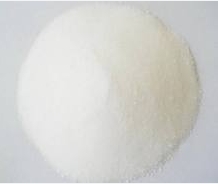
Characteristics of APIs
- Biologically active: APIs possess specific chemical structures that enable them to interact with biological targets within the body, triggering desired therapeutic responses.
- High purity: APIs must meet stringent purity standards to ensure the safety and efficacy of a drug.
- Targeted action: APIs are designed to interact with specific biological pathways, minimizing unintended side effects.
- Diverse sources: APIs can be derived from various sources, including plants, animals, microorganisms, and chemical synthesis.
Roles of APIs
- Drug development: APIs are vital components in the development of new medications, undergoing rigorous testing and evaluation to ensure safety and effectiveness.
- Drug manufacturing: APIs form the core of drug products, requiring sophisticated manufacturing processes to ensure consistent quality and potency.
- Drug delivery: APIs are formulated with excipients to facilitate efficient delivery and absorption within the body.
Global API Market
- Significant growth: The global API market is projected to reach $268.8 billion by 2027, driven by increasing demand for new drugs, biologics, and generic medications.
- Key players: Leading API manufacturers include Pfizer, Merck & Co., Roche, AbbVie, and Novartis, among others.
Importance of APIs
- Improved health outcomes: APIs contribute to the development and accessibility of effective medication, leading to improved health outcomes for patients across various therapeutic areas.
- Innovation and advancement: APIs drive innovation in the pharmaceutical industry, promoting the development of novel therapies and treatment options.
- Economic impact: The API industry generates significant economic activity, including job creation and investment in research and development.
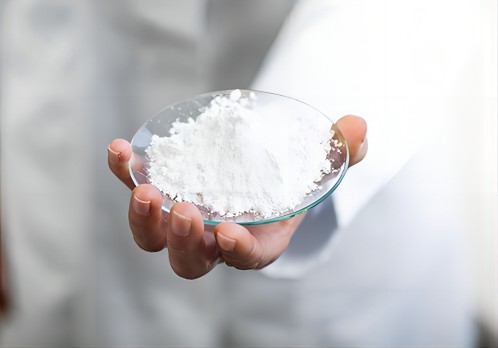
The Difference Between APIs and Intermediates
Both APIs (Active Pharmaceutical Ingredients) and Pharmaceutical intermediates play crucial roles in the pharmaceutical industry, but they have distinct meanings and functions. Here’s a breakdown of their key differences:
API
- Definition: The active ingredient in a pharmaceutical product responsible for its therapeutic effect.
- Properties: Highly pure and well-characterized with established safety and efficacy profiles.
- Function: Directly interacts with the body to produce the desired therapeutic outcome.
- Examples: Aspirin, ibuprofen, paracetamol.
Intermediate
- Definition: Any compound formed during the synthesis of an API.
- Properties: May vary widely in purity and require further processing to become an API.
- Function: Serves as a building block in the production of the final API.
- Examples: Acetophenone (intermediate in the synthesis of ibuprofen), and 4-hydroxybenzoic acid (intermediate in the synthesis of paracetamol).
Here is a table summarizing the key differences:
| Feature | API | Intermediate |
| Definition | Active Pharmaceutical Ingredient | Chemical compound produced during synthesis |
| Function | Provides therapeutic effect | Building block for synthesis |
| Properties | Highly pure, rigorously tested | Purity varies, may not be extensively tested |
| Examples | Aspirin, ibuprofen, paracetamol | Chemicals used to create APIs |

Top Active Pharmaceutical Ingredients and Intermediates Supplier: Qingmu Pharmaceutical
Qingmu Pharmaceutical is emerging as a top contender in the global market for Active Pharmaceutical Ingredients (APIs) and intermediates. With a focus on cutting-edge technology and rigorous quality control, Qingmu offers a broad portfolio of APIs and intermediates for various therapeutic areas. Their growing global presence and competitive pricing are attracting attention, particularly in the generic drug and emerging markets. While they may not yet hold the same market share as some established giants, their rapid expansion and commitment to quality position them as a force to be reckoned with in the future of API and intermediate production.
Conclusion
Pharmaceutical Intermediates and Active Pharmaceutical Ingredients form the backbone of the pharmaceutical industry, working together to bring innovative and effective medications to patients worldwide. By understanding their distinct roles and characteristics, we gain a deeper appreciation for the intricate journey from molecule to medicine.

